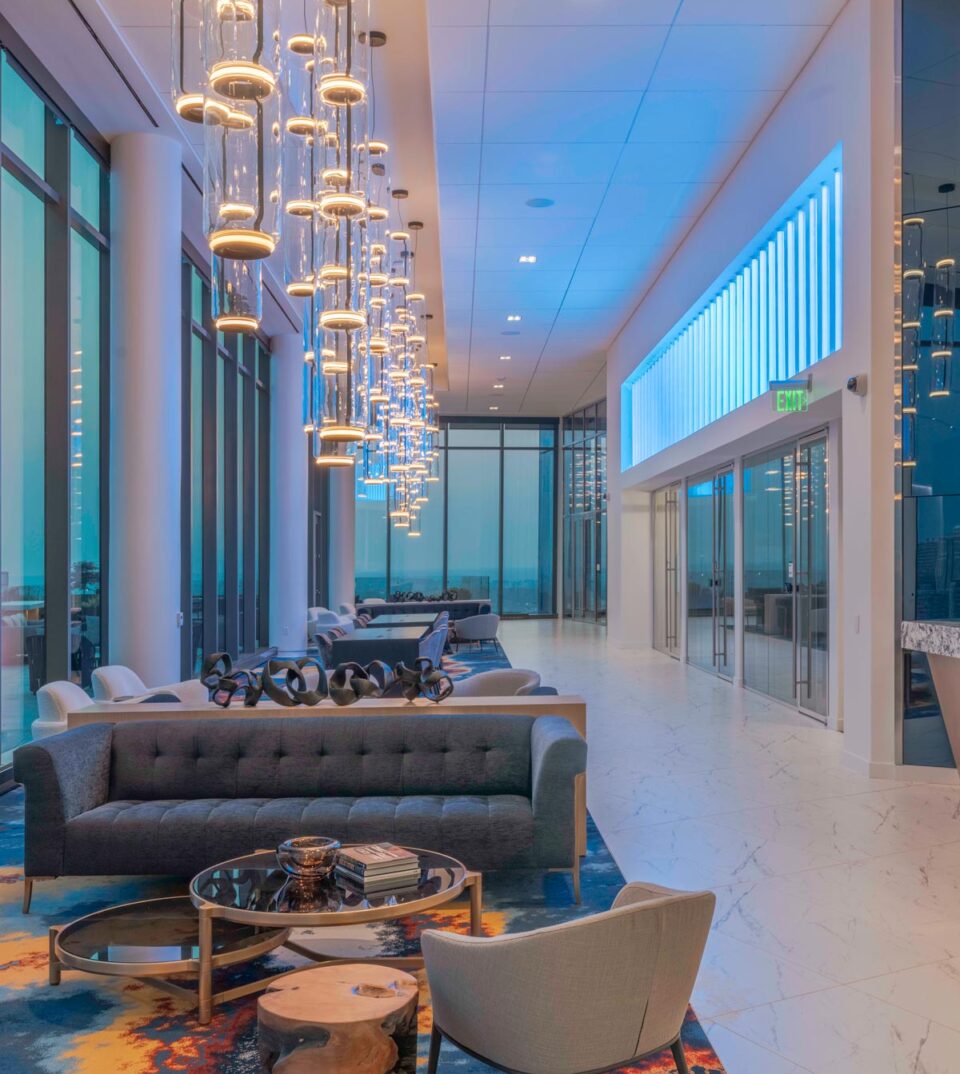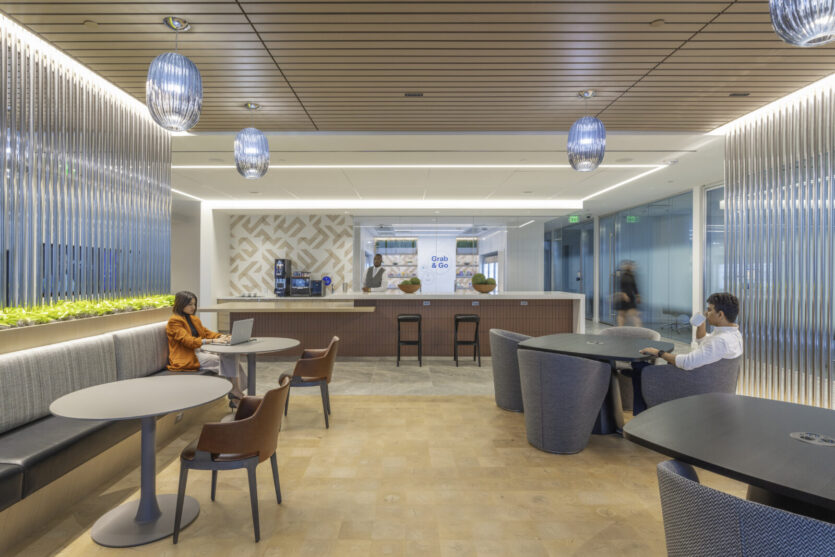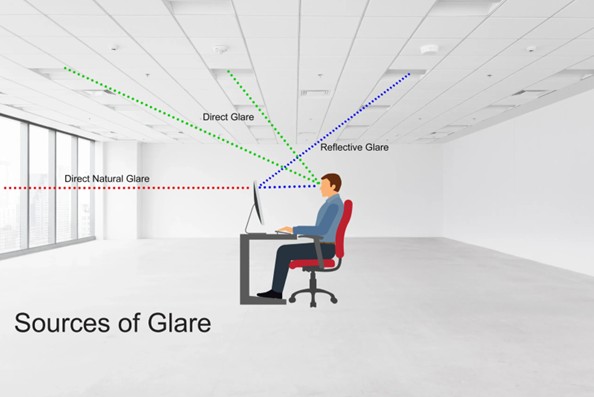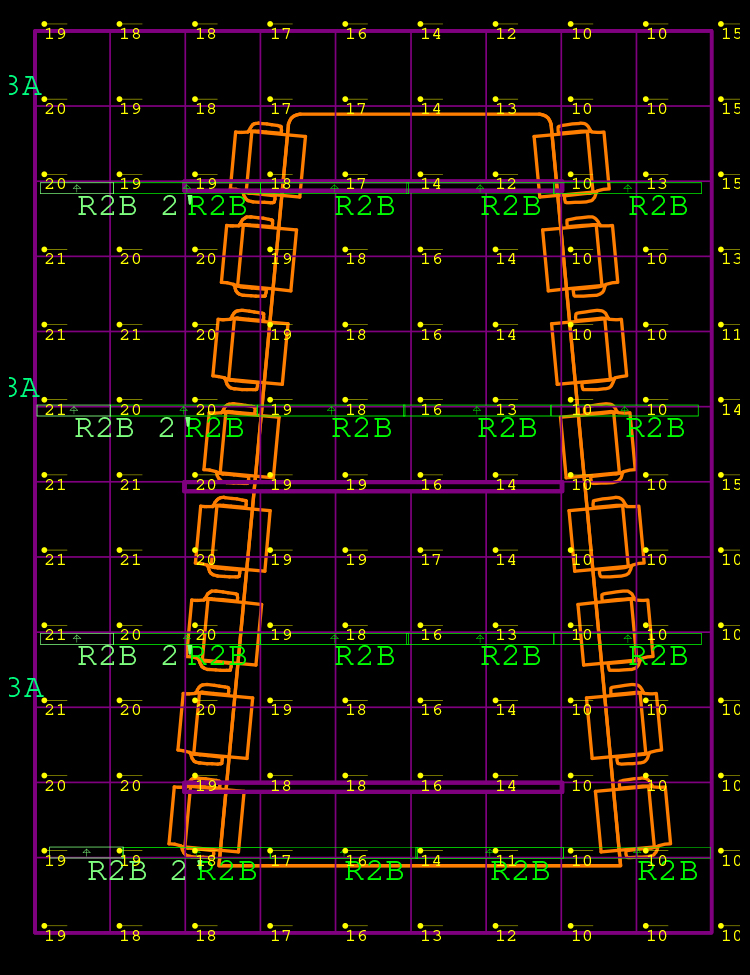
Visual Comfort: The Art and Science of Specialty Lighting Design
Did you know that our Specialty Lighting Designers prioritize your visual comfort?
It’s true! We’re dedicated to creating lighting solutions that not only illuminate your spaces but also ensure you can perform tasks comfortably and without strain.
Let’s take a closer look at how we achieve this.

A Holistic Approach to Lighting
Achieving visual comfort requires more than just selecting light fixtures; it involves a holistic view of the entire lighting environment. Our goal is to ensure that people can comfortably perform their activities without experiencing visual fatigue or discomfort. To do this, we start by asking key questions:
- What activities take place in this space? Understanding the tasks performed helps us tailor the lighting design to support functionality.
- What role does daylight play? Natural light is a critical element that we factor into our designs, ensuring harmony between artificial and natural illumination.
- What is the desired perception of the space? Lighting can enhance the ambiance and purpose of a room, shaping how people feel and interact within it.
By answering these questions, we align our designs with the client’s vision and goals.

The Importance of Glare Management
One of the biggest challenges in lighting design is managing glare. But what exactly is glare? According to the International Commission on Illumination (CIE), glare is a “condition of vision in which there is discomfort or a reduction in the ability to see details or objects, caused by an unsuitable distribution or range of luminance, or by extreme contrasts.”
There are two types of glare to consider:
- Discomfort Glare: Causes discomfort without necessarily impairing the ability to see objects.
- Disability Glare: Impairs vision, making it difficult to see details or objects.
Understanding the distinction between these types of glare is essential in addressing both psychological and physiological aspects of visual comfort.
Real-World Applications
Here’s an example of how we use these calculations in practice:
Imagine designing the lighting for an open-plan office. Using glare metrics, we assess how the placement of light fixtures interacts with the layout of desks and seating. By adjusting fixture height, angle, and output, we can ensure that light enhances productivity without causing discomfort.
Lighting Beyond Illumination
At the heart of our work is the belief that lighting should do more than brighten a room—it should enhance how people experience and interact with their environment. By combining science, design, and a deep understanding of our clients’ needs, we deliver lighting solutions that truly shine.
